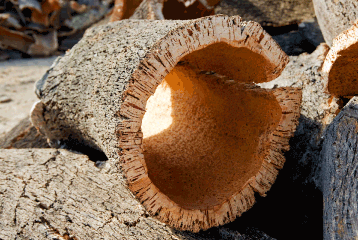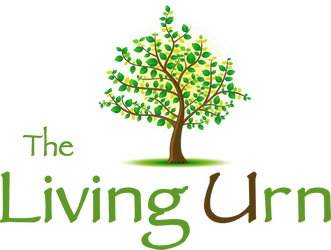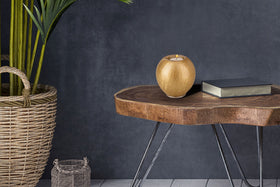
Cork Oaks: Bark From These Special Trees Created a $2B Global Cork Industry
Cork has been used as bottle stoppers for more than 400 years and has grown to a $2 billion a year global industry. It is possibly the best suited material to use as a bottle stopper because it contains a natural waxy substance, called suberin. This substance makes cork impermeable to liquids and gas, and prevents the cork from rotting.

Where does cork come from?
Just about every tree has an outer layer of cork bark, but the cork oak (Quercus suber) is the primary source of most cork products in the world. Cork oaks can be found in countries that run along the coast of the Mediterranean Sea, where there's plenty of sunshine, low rainfall and high humidity. Most cork oaks are found in Portugal, Algeria, Spain, Morocco, France, Italy and Tunisia.
The cork oak tree has evolved over hundreds of years to protect itself from the harsh conditions of the forests near the Mediterranean and, therefore, grows a thick layer of cork bark. These forests experience frequent droughts, brush fires and temperature fluctuations. Cork is actually made of water-resistant cells that separate the outer bark from the delicate interior bark. It has a unique set of properties not found in any other naturally existing material. It is lightweight, rot resistant, fire resistant, termite resistant, impermeable to gas and liquid, soft and buoyant. It's these properties that make it ideal for stopping wine bottles and tile flooring. Let's take a look at how cork gets stripped from the tree and processed into consumer products.
- Stripping the bark-- A cork oak must be at least 25 years old before its bark can be harvested. Its cork can then be stripped every 8 to 14 years after that for as long as the tree lives. The cork is stripped off during June, July and August using a long-handled hatchet to cut sections out of the bark. These sections are then pried away from the tree. Workers must be careful not to damage the inner layer of the bark, otherwise the bark won't grow back.
- Washing the cork-- The cork slabs that are cut away from the tree are boiled and the rough outer layer of the bark is stripped away. Boiling the cork also softens it, making it easier to work with.
- Punching Bottle Stoppers-- From the slabs of cork, holes are punched out to make bottle stoppers. This leaves the slabs full of holes. These bottle stoppers are then sorted and shipped to various destinations. The stoppers can at this time be printed or branded with names or logos.
- Uses for Scrap Cork-- Once the bottle stoppers have been punched out of the cork slabs, there is some leftover cork scrap. This scrap is ground up, molded into large blocks and baked in ovens to make other cork products, such as cork tile flooring and cork message boards.
Challenges to the Cork Industry
In addition to competition from metal and plastic wine stoppers, there has also been a drastic reduction in the quantity and quality of bark produced by cork oaks.
Bark acts as the protective outer layer on trees that protects the plant from drought and shields against radiation. Cork oaks have been growing thinner and more porous layers of bark. Cork producers need bark that's at least 1 inch thick to make a good cork, however, most cork trees are now producing bark between 0.1 inches and 0.4 inches thick. Scientists argue that rising temperatures and increased exposure to UV light brought on by climate change may be behind chemical changes in the bark of cork oaks.


